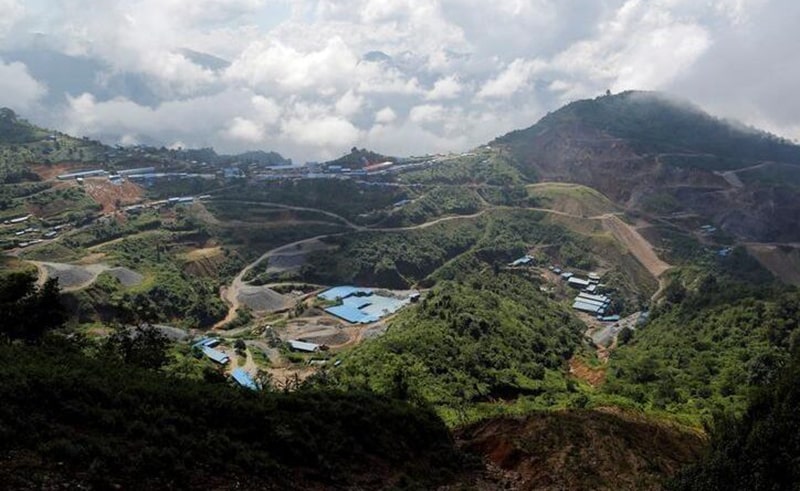
Myanmar’s Wa State, a critical player in the global tin supply chain, is preparing to restart its tin shipments by the end of 2025. This decision comes after a two-year suspension that disrupted international supply and contributed to elevated tin prices worldwide.
The Wa region alone accounted for approximately 70% of Myanmar’s tin exports before the halt in 2023. According to London-based research firm BMI, the upcoming resumption is likely to significantly alter global tin flow dynamics and pricing structures.

News of Myanmar's impending return to the tin export market has already impacted the London Metal Exchange (LME).
Tin prices fell by 1.6% to $32,775 per metric ton immediately following the announcement.
This indicates how deeply integrated Myanmar's tin output is in the global electronics, packaging, and energy materials sectors, which heavily depend on tin for soldering and alloy production.
| Year | Status of Tin Exports from Wa | Global Market Share (Approx.) | LME Average Tin Price (USD/ton) |
|---|---|---|---|
| 2022 | Active | 70% of Myanmar's total | $27,000 |
| 2023 | Suspended | 0% | $34,500 |
| 2025 | Expected to Resume (Q4) | 65–70% (est.) | $32,775 (post-news) |

The resumption is expected to rebalance tin supply chains, particularly benefiting China, Malaysia, and Thailand, which previously relied heavily on Wa tin for their smelting operations.
“Wa State’s return will ease pressure on refined tin producers and may stabilize global prices in the medium term,” said a spokesperson from International Tin Association (ITA).
Increased Export Volume: Early projections suggest Myanmar could export up to 18,000–20,000 tons/year of tin starting late 2025.
Price Volatility Ahead: While the immediate market reacted with a decline, analysts suggest short-term price fluctuations until steady shipments resume.
Geopolitical Oversight: Given Myanmar’s internal governance complexity, particularly in semi-autonomous regions like Wa, international oversight will remain a concern for downstream buyers.
Myanmar’s Wa State re-entering the global tin market marks a pivotal moment for metal supply chains in 2025. It underscores the region’s strategic importance and will likely reshape pricing, trade routes, and manufacturing plans across the packaging, electronics, and renewables sectors.
As stakeholders brace for market shifts, companies dependent on tin—including those in metal tin packaging, solder production, and battery technologies—should prepare their procurement and risk management strategies accordingly.